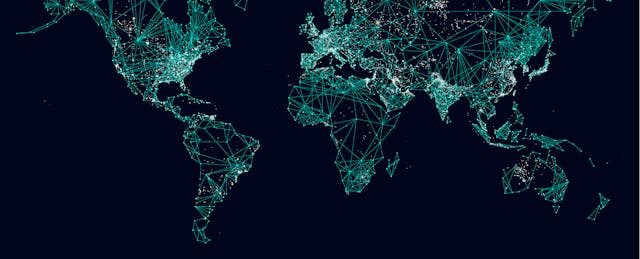A recent New York Times article offered a snapshot of how students in nine countries paid for their college. While it is right to seek international comparisons, the piece was misleading by relying too heavily on anecdotes and failing to give enough context about the rules of the road for higher education in the countries featured.
In countries that deeply subsidize postsecondary education, admission to bachelor’s level programs is sometimes limited to students who have strong academic credentials or who perform well on entrance examinations. In the U.S., anyone able to pay can pursue postsecondary education, with tuitions that range dramatically by institutional sector (public are usually cheaper than private), level (two-year colleges are usually cheaper than four-year), state of residence, and eligibility for financial aid from federal, state, and institutional sources.
Fortunately, there are data available that allow comparisons across countries. The Organisation for Economic Cooperation and Development (OECD), a member organization of 36 affluent nations, publishes detailed international comparisons each year in its Education at a Glance report.
OECD data clarify that the U.S. has one of the most expensive higher education systems in the world, at about 2.7 percent of GDP. And the proportion of that money spent on teaching staff (30 percent) is well below the OECD average of 42 percent.

While government subsidies for postsecondary education have declined notably over time in the U.S., driven by cuts in state support for state-run public institutions, many other OECD countries have seen recent cuts in education subsidies as well. Those include Spain, Ireland, Canada and Australia.
OECD data do suggest a partial tradeoff between public subsidies for higher education and the share of the public that earns bachelor’s degrees, meaning countries that offer greater subsides may do less to promote open access. In Figure 1, I have combined data from two sets of OECD statistics—the fraction of the population expected to complete a bachelor’s degree or equivalent over a lifetime (based on the age profile of 2016 graduates relative to each country’s population distribution) and the fraction of higher education costs that are paid by private sources (mainly households, including borrowed funds). The graph shows a positive correlation between countries’ fraction of private higher education funding and the attainment of bachelor’s degrees. In other words, when people have to pay a larger share of their own college expenses, access to college degrees is somewhat broader on average.
On the other hand, the U.S. falls below the trend line, meaning that our expected bachelor’s completion rate of 40 percent is lower than our share of private tuition burden (about 63 percent) would predict. Countries above the trendline provide aspirational datapoints. For instance, several Northern European countries in the top left quadrant of the graph maintain both high public subsidies and high attainment. This suggests that keeping tuition burdens low for families has not broadly curtailed students’ access to college in those countries.
Meanwhile, students should know that the economic benefits associated with a college degree remain strong. International comparisons suggest they are particularly strong in the U.S., despite our high average costs. However, in choosing whether to borrow for college and how much, students should always remember that the economic benefits of their tuition investment depend mightily on the academic major they choose.
In making decisions about how to pay for higher education, students and policymakers alike should bear one rule in mind: Rely on the best available data, not on anecdote.


